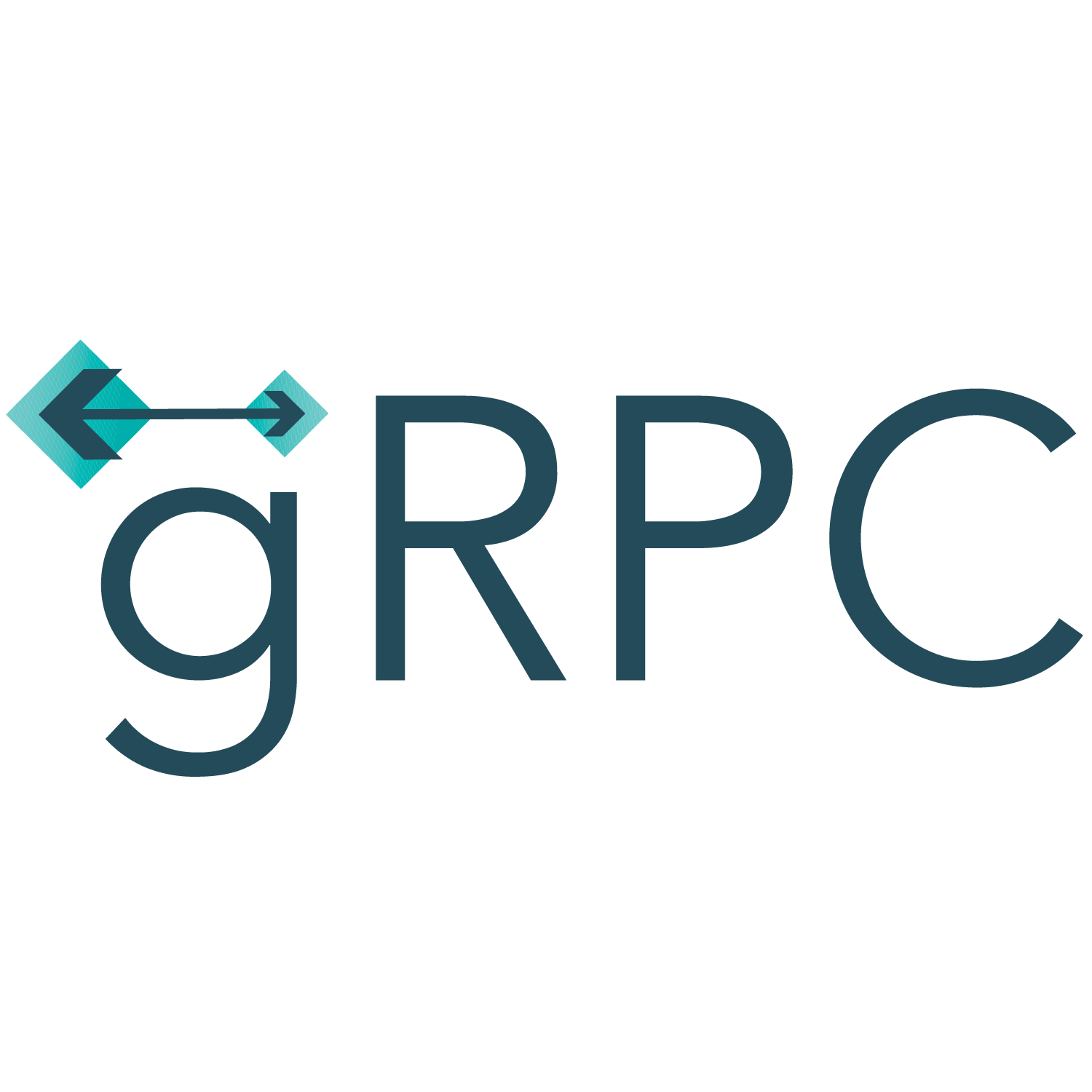gRPC for Mobile Development: Building Fast and Efficient APIs
Discover the power of gRPC for mobile development. With high performance, binary serialization, and support for multiple programming languages, gRPC is the ultimate solution for building fast and efficient APIs for your mobile apps.

Introduction
With the ever-increasing demand for mobile applications, developers are constantly seeking ways to build fast and efficient APIs to power their apps. Enter gRPC—a high-performance, open-source framework that enables the creation of efficient APIs for mobile and other networked applications.
In this blog post, we'll explore gRPC and its benefits for mobile development. We'll delve into the key features of gRPC, discuss its architecture, and guide you through the process of building fast and efficient APIs using gRPC. So, let's get started with understanding the fundamentals of gRPC!
What is gRPC?
gRPC is a modern, open-source framework developed by Google. It allows developers to define and implement efficient, high-performance APIs using a simple interface definition language (IDL). gRPC supports multiple programming languages, making it a versatile choice for mobile development.
The Benefits of gRPC for Mobile Development
Now that we have an understanding of what gRPC is, let's explore some of the key benefits it offers for mobile development:
1. High Performance
gRPC uses Protocol Buffers as its interface definition language, which enables efficient serialization and deserialization of messages. This results in smaller message sizes and lower bandwidth consumption. gRPC also utilizes HTTP/2 as its transport protocol, allowing for multiplexing, stream prioritization, and bi-directional communication. These features contribute to faster and more efficient communication between mobile apps and APIs.
2. Binary Serialization
With gRPC, data is serialized in a compact binary format using Protocol Buffers. This reduces the size of the payload sent over the network, resulting in improved performance and reduced bandwidth usage. The binary format is also faster to parse and serialize compared to text-based formats like JSON.
3. Support for Multiple Programming Languages
gRPC provides support for a wide range of programming languages, including Java, Swift, Kotlin, Objective-C, and more. This means you can develop your mobile app and API server using your preferred programming language and still benefit from the performance advantages offered by gRPC.
4. Code Generation
One of the key features of gRPC is its ability to generate code based on the API definition. This means you can define your API using Protocol Buffers and generate client and server code in your chosen programming language. This makes it easier and faster to develop APIs and ensures consistency and compatibility between the client and server.
Building APIs with gRPC
Now that we've covered the benefits of gRPC, let's dive into the process of building APIs using gRPC:
1. Define Your API
The first step in building APIs with gRPC is defining your API using the Protocol Buffers IDL. This involves defining the messages that will be exchanged between the client and server, as well as the RPC methods that the server provides. The IDL allows you to specify data types, service definitions, and other aspects of your API.
2. Compile the Proto File
Once you've defined your API, you'll need to compile the Protocol Buffers IDL file into code that can be used by your client and server applications. This process generates code in your chosen programming language, including client stubs and server implementations.
3. Implement the Server
With the generated code in hand, you can now implement the server logic for your API. This involves writing code that handles incoming requests, performs the necessary operations, and sends responses back to the client. gRPC provides an easy-to-use API for building server applications.
4. Generate the Client
On the client side, you'll need to generate the client code using the same compiled Proto file. This will provide you with client stubs that you can use to make requests to the server. The generated client code will handle the serialization and deserialization of messages, making it easy to interact with the API.
5. Interact with the API
With the client code in place, you can now interact with the API from your mobile app. You can make remote procedure calls (RPCs) to the server, passing in the required data and receiving the responses. gRPC provides a simple and intuitive API for making RPCs.
Integrating gRPC with Mobile Apps
Integrating gRPC with your mobile app involves adding the necessary dependencies and configuring your project to use gRPC. Here's a general overview of the process:
1. Add the gRPC Dependency
First, you'll need to add the gRPC dependency to your project. Depending on your programming language and development environment, you can either add the necessary dependency manually or use a package manager, such as CocoaPods for iOS development.
2. Configure Your Project
Next, you'll need to configure your project to use gRPC. This involves setting up the build configuration to include the necessary files and plugins for gRPC code generation. The specific steps may vary depending on your programming language and development environment.
3. Generate Client Code
Once your project is properly configured, you can generate the client code using the compiled Proto file. This will generate the necessary client stubs and other code for interacting with the API.
4. Interact with the API from Your App
With the client code generated, you can now use it in your mobile app to make requests to the server. You can send data to the server, receive responses, and handle errors gracefully. gRPC provides a seamless integration experience for mobile app developers.
Conclusion
gRPC offers a powerful solution for building fast and efficient APIs for mobile development. Its high performance, support for multiple programming languages, and code generation capabilities make it a popular choice among developers. By leveraging gRPC, you can create robust and scalable APIs that power your mobile apps.
Ready to take your mobile development to the next level? Start exploring gRPC today and build APIs that deliver exceptional performance and efficiency.